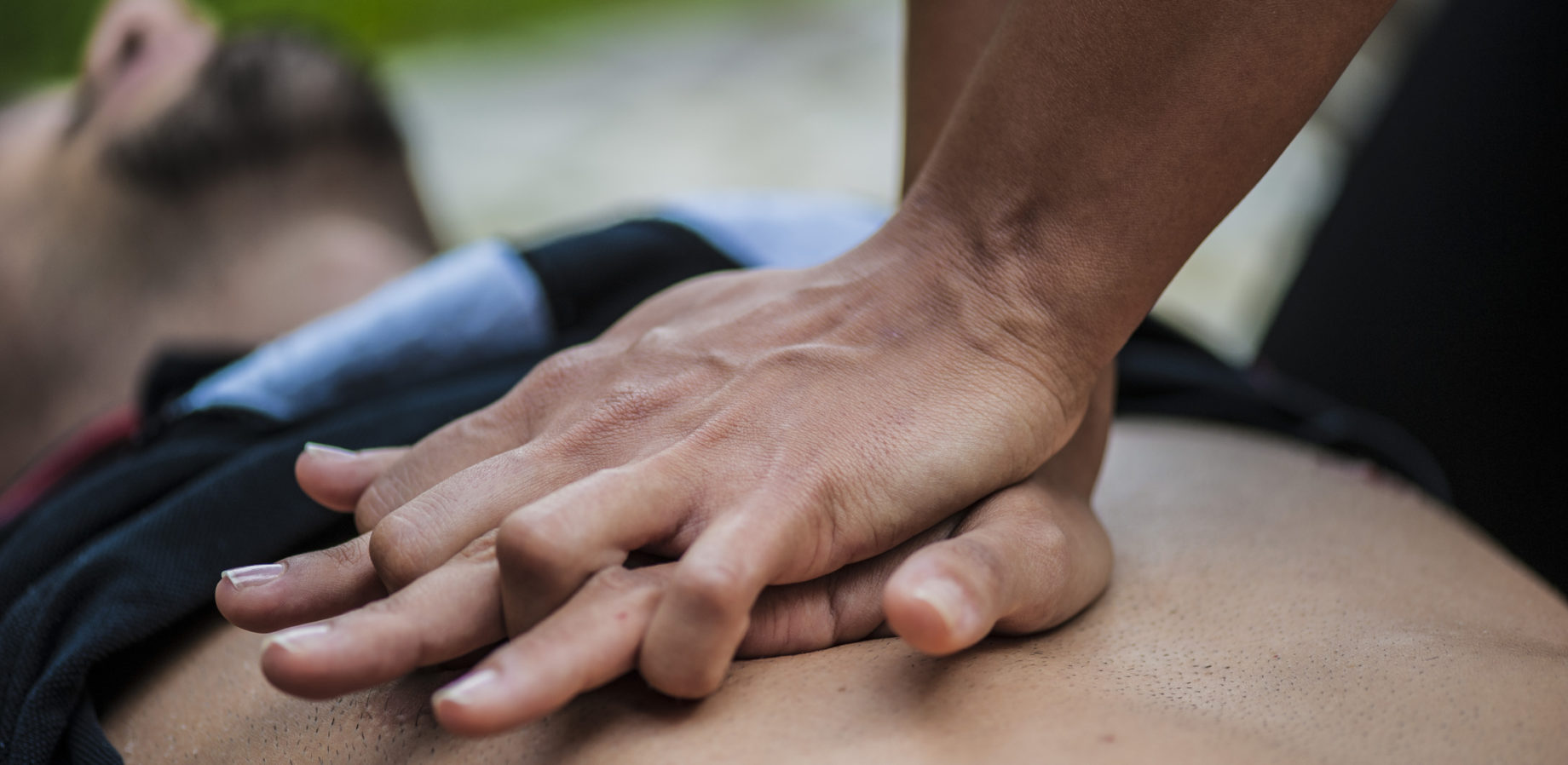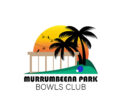The Importance of Emergency Management at Clubs
Proactive members of Somerville Bowling Club recently helped save a player’s life in a medical emergency at Mt Eliza Bowling Club, during the Grand Final between Mount Martha Bowls Club and Rosebud Country Club.
The incident highlighted the importance of every bowls club prioritising first aid management by having first aid qualified club members and access to full first aid kits and (ideally) defibrillators, as sudden cardiac arrest can happen to anyone, anywhere and at any time.
Implementing a First Aid and Medical Emergency Plan is the best place to start. Why? Because when something serious happens, treating a person properly in the first minutes can make all the difference.
Emergency incident
During the Pennant Grand Final at Mt Eliza earlier this year a player collapsed on the bank.
Two spectators from Somerville Bowling Club – Alexa Kinnane, a registered nurse, and John McLean, a former lifeguard – responded immediately to the incident. Unable to detect a pulse the pair performed CPR, and with the aid of a defibrillator they continued to resuscitate the player for 20 minutes until the paramedics arrived.
The player was transported to hospital where he underwent bypass surgery and is making a good recovery.
“All Bowls Clubs have the age demographic where incidents such as this are more likely to occur, so it’s essential to have competent First Aiders and defibrillators available at clubs, while First Aid refresher courses should be encouraged,” says Bob Savage, President of Somerville Bowling Club.
“Alexa and John’s actions undoubtedly saved the player’s life. Time in any emergency situation is always vital, but it is important to make a correct assessment of what action is needed. In this case the player had stopped breathing and a positive assessment was made, followed by the commencement of CPR and use of the defibrillator.”
Is your club emergency ready?
Every bowls club need to ensure that medical emergency measures are in place in case of an unexpected incident. A First Aid and Medical Emergency Plan should be established before a serious incident occurs and cover key areas such as the various roles in an emergency situation, access to a telephone and venue details, emergency telephone numbers clearly displayed, details of prior medical conditions and necessary emergency responses, and clear access for emergency vehicles.
Clubs are encouraged to follow the Victorian WorkCover Authority Compliance Code – First Aid in the Workplace. First aid compliance is achieved by providing an appropriate number of First Aid Officers and First Aid Kits for the number of people within a club.
In terms of first aid management, clubs need to pro-active around the following:
First Aid Qualified Volunteers
Every bowls club should have qualified first aiders present at all times. These volunteers are the first responders to an emergency situation and play a critical role in preserving life, so you can’t underestimate their importance when developing your club’s First Aid and Medical Emergency Plan.
A first aid qualification provides club volunteers with the practical skills required to provide first response, life support and management of an incident – such as what happened at Mount Eliza Bowling Club – until professional medical support arrives at the scene.
Keep in mind that while many clubs have existing members with a health/medical background of some kind, industry regulations and standards do tend to change over time. What was once common practice may now not be advisable, so it’s important for all potential first responders to stay up to date with the latest qualifications.
First Aid Training
First aid training is a vital component of an overall Medical Emergency Plan. Various training and community centres offer first aid training around Victoria, while St John Ambulance (VIC) can provide ‘in-house’ first aid training courses to clubs upon request, along with first aid kits and defibrillators.
The recommended course is the Level 2 Provide First Aid (HLTAID003) course. A CPR update must also be completed annually for an individual’s Level 2 First Aid to remain valid for the 3-year accreditation period.
First Aid Kits and Defibrillators
Clubs need to ensure their first aid kits contain everything that might be required. These kits must also be audited regularly to ensure they are always fully stocked with supplies and that nothing is outdated.
It is also highly recommended that clubs invest in a defibrillator to have available on site at all times. Red Cross provides every sporting club in Australia with an opportunity to access a $1600 subsidy to put towards a defibrillator. Clubs can apply for the defib subsidy here.
Need to know more about medical emergency planning for your bowls club? Get in touch with Bowls Victoria.




